About twelve years ago I was coming to the end of a long spell of unemployment. I had a job as a reporter/editor at an Internet publication that was on its last days. The publication’s offices were in a building in Hell’s Kitchen that also housed garment district sweatshops and offshore Internet gambling companies. There was a methadone clinic across the street.
I had to do a phone interview for a job with an editor on the West Coast. Since I didn’t want to be interviewing for another job right at my desk at my current job, I had to go find a pay phone. I finally found a pay phone and called in from a busy Manhattan street.
Making a phone call in late 2002 outside your home in New York without a cell phone meant going on a search for a pay phone and then praying that it worked. I would sometimes search blocks and blocks for a phone only to find one that was destroyed by vandalism or had one number button that didn’t work
I had to raise my voice at times to be heard over the many sounds of New York on a busy afternoon. It was December and my hands were numb from dialing the phone, which I couldn’t do with gloves on. I had to continuously dial the phone because they were somehow set to disconnect every few minutes, despite the fact that I was using a calling card and had plenty of time.
I vowed that if I got the job, one of the first things I would do would be to spend whatever money it took to buy a cell phone. I was one of the last of my circle of family and friends to buy one, but I’ve not been without once since.
About seven months into being the proud owner of a cell phone, that cell phone was relatively useless during the Northeastern blackout of 2003. Cell phone towers became overloaded by the surge in users trying to use their phones in the emergency. It was the last time I saw people lined up on the sidewalks to use pay phones.
Today pay phones are an even greater rarity. I’ve kept up with technology and have used smart phones for nearly four years now, though was still proudly among the last of my friends to get one.
I haven’t tried to use a payphone in well over a decade, but the blackout of 2003 showed us that pay phones are still needed. We need to have reliable payphones simply from a public safety standpoint. Not just if there is a large disaster that causes cell phone towers to be overloaded, but for crime victims and others involved in emergencies who need to call for help. Not everyone has a working cell phone on them at all times, and if someone is robbed, you bet that their cell phone is among items stolen.
There are 8,931 working payphones within the five boroughs as of the end of this past June, according to the New York City government. Most of those (5,205) are in Manhattan (Staten Island has only 63!).
But these numbers are still declining fast. There were more than 11,200 payphones still working in January 2013. We’re losing more than 1,000 working public telephones every year.
And while pay phones may seem to our more plugged-in generations like antique reminders of times past akin to gas lamps or horse-drawn carriages. There are still people (at least 25% of the world’s population) who can’t afford or don’t have cell phones. And from a safety standpoint, you should know where the nearest payphone is in case of an emergency, just like you should know where the nearest fire exit is.
So let’s begin an effort to take note of places where working pay phones still exist. Leave a comment (with a photo if possible) of a pay phone you know that works.
A few months ago I discovered a working payphone on the second floor of the Aretsky’s Patroon Townhouse restaurant on East 46th Street between Lexington Ave. and 3rd Ave. in Manhattan. It is even set in an old-style booth with borough-specific phone books set into an adjoining wooden counter. Classy.


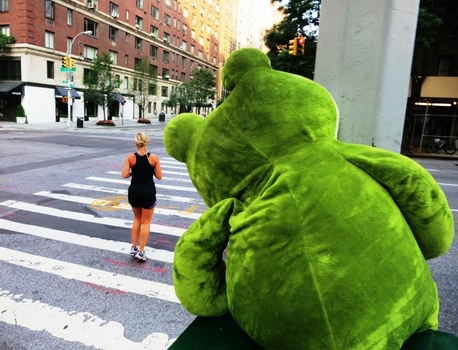
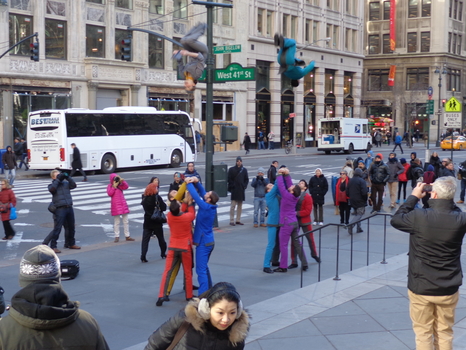
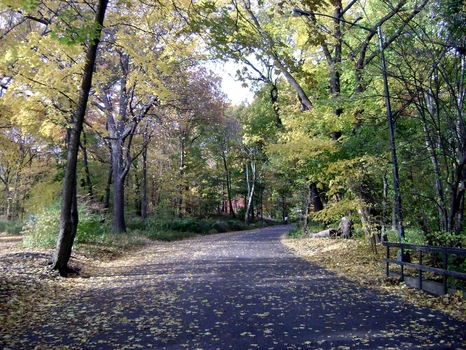
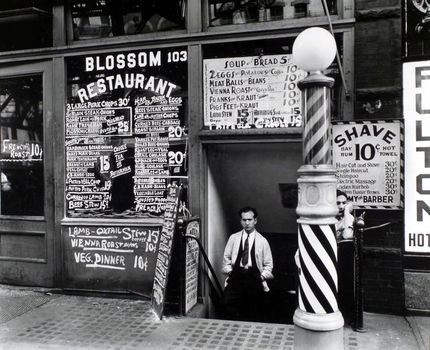
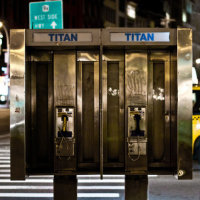



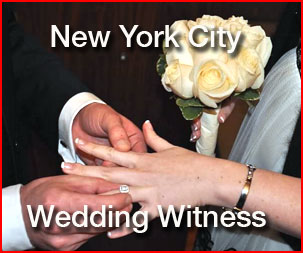
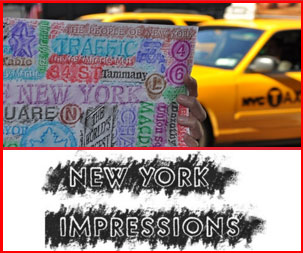
Emily
There are 2 on the corner of Northern Blvd and Linden Pl, in front of Flushing Town Hall, in Queens.
Helen Griffin
Grand Central and Penn Station are both home to many (mostly all working) pay phones. The empire state building lobby has a bunch too.
Lynne Lloyd Hamill
Main Branch of the NY Public Library has the old style wooden booths. No rotary dials though.
Eddie
I haven’t checked in a few months, but as of the start of this year, there were a few payphones in my old Williamsburg neighborhood (around the corner of Broadway and Hooper). There was one in front of the liquor store at that intersection, and one in the Hewes Street subway station on the J/M/Z line, also at that intersection.
There was also one on Union near the police precinct around there, roughly across from Walgreens. Sorry for the inexact directions, but I’m terrible at Brooklyn geography!
sorabji
The largest collection of payphones under one roof in NYC is probably at the Port Authority Bus Terminal. By my estimate there are about 100 phones located in the main terminals and even at individual gates. All are owned by G-TEL, a subsidiary of payphone.com. G-TEL makes a lot of its money from prison payphones. It’s hard to imagine they make much coin from the PABT locations, but G-TEL seems to take pretty good care of them. Unlike outdoor street payphones, which frequently do not work, it is actually hard to find one that *doesn’t* work at the Port Authority.
The next candidates to rival the PABT for payphone population would probably be the 2 airports, but those are out of reach for most day-to-day usage. G-TEL also owns the airports’ payphones.
As Helen said, Grand Central and Penn Station still have plenty, all owned by PTS (Pacific Telemanagement Services), the California-based company that acquired most of Verizon’s payphone assets. (Verizon completely exited the payphone business, but is still responsible for the landline copper wiring that gives a dial tone to most public phones in New York.) Penn Station’s phones were pared down considerably, I think back in January.
There are more payphones in Manhattan than most people think. Folks are just blinded to them on account of the advertising that surrounds them. That said you would get a warped perspective on the matter by relying on the city’s “Public Pay Telephone Locations” map linked to from the story. Some phantom payphones which appear on that map have been gone for years while hundreds are not represented at all. To wit, the payphones at the Port Authority, Penn Station, Grand Central, and throughout the entire subway system are not represented. That’s because the city doesn’t have franchise agreements with the companies that own phones in those locations, but most people with an interest in the matter don’t know that and assume this map has more authority than it does.
As far as I know NYC is the only major city to publish a map of its payphone locations. Too bad it is such a curiously inaccurate resource.
People still use payphones! I see people at public phones most any time I think to look for it. Here’s my ongoing photo series capturing people using payphones, and one picture from that series: http://bit.ly/11opSTu
This picture shows a Titan payphone on 7th Avenue near 35th Street
Hugo Massa
My short documentary “Hang Up” about all this NYC payphone discussion will premiere at the DOC NYC festival at IFC Center on November 19th, 9.30pm. I hope I’ll see you there!
https://vimeo.com/107162438